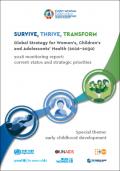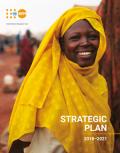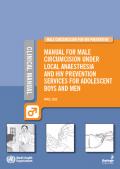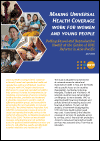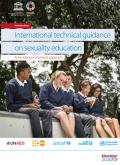Publications on Young People
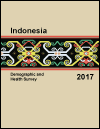
The 2017 IDHS provides a comprehensive picture of population, family planning, reproductive health, and maternal and child health conditions in Indonesia. The primary objective is to provide current estimates of basic indicators in demography and health. The target population is women age 15-49, currently married men age 15-54, and never-married women and men age 15-24. The survey covered all 34 provinces in Indonesia.
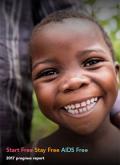
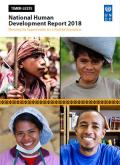
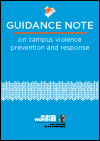
The note is intended to support universities and university administrators, UN staff working with universities in this area, civil society partners, students and other relevant stakeholders—particularly in middle- and low-income countries where there are few resources for addressing violence against women. Universities should adopt targeted measures to address the needs of specific groups, including those most vulnerable and at risk

Far too often, millions of uprooted children and young people are invisible in data. They face discrimination and isolation as they seek to make new lives for themselves. Many do not have access to national or local services and fall through the cracks of child protection systems as they cross borders. Indeed, data are scarce, and little is known about their health, their education, or how migration affects their futures.
Too often, they are talked about, but rarely are they listened to. This new poll provides an opportunity to listen.






